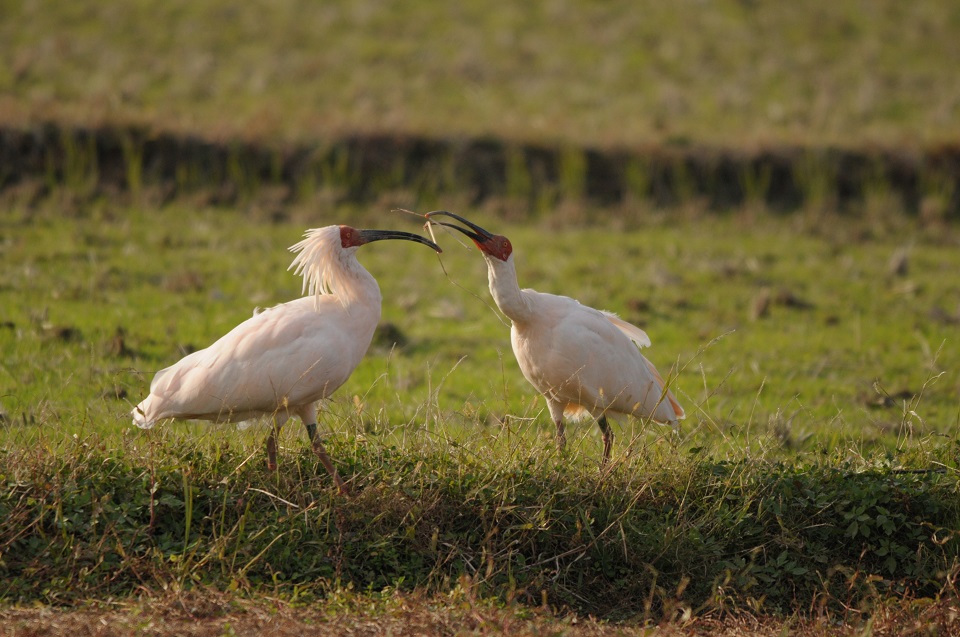Globally Important Agricultural Heritage Systems (GIAHS)

Brochure
GIAHS (Globally Important Agricultural Heritage Systems)
Sustainable Tourism Let's travel to Agricultural Heritage Systems
[Osaki region in Miyagi Prefecture, Shizuoka Wasabi Cultivating region in Shizuoka prefecture, Lake Biwa region in Shiga Prefecture]
Single Page Version(PDF : 2,260KB), Split Page Version(PDF : 1,956KB)
Designated Sites in Japan
At present, 11 sites in Japan are designated as GIAHS. The information on these sites is available as follows.
Shizuoka, Nisi-Awa, Osaki, Takachihogo-Shiibayama, Minabe-Tanabe, Nagara River, Usa, Aso, Kakegawa, Noto, Sado
Shizuoka Wasabi Cultivating Region in Shizuoka Prefecture
Wasabi (Japanese horseradish), an indispensable condiment used in Japanese cuisine such as sushi, is a native Japanese plant first cultivated in Shizuoka Prefecture about 400 years ago. In this heavily forested area, where agriculture is difficult, terraced wasabi fields were created on mountain slopes alongside streams. A technique was developed to produce high-quality wasabi using the nutrients contained in the abundant spring water, while using as little fertilizer as possible.
Reference:Shizuoka WASABI Association for Important Agricultural Heritage Systems Promotion(English)

Nisi‐Awa Area In Tokushima prefecture
The "Nishi-Awa" area is a mountainous region in western Tokushima Prefecture where agriculture is practiced on steep slopes with grades of up to 40 degrees without terraced fields. Efforts have been made to minimize soil erosion due to wind and rain by plowing grass taken from grasslands into the soil. Farmers have also adapted to the mountainous environment by using mixed farming: combining small amounts of multiple crops, such as buckwheat and other grains and traditional vegetables and fruits.
Reference:Brochure
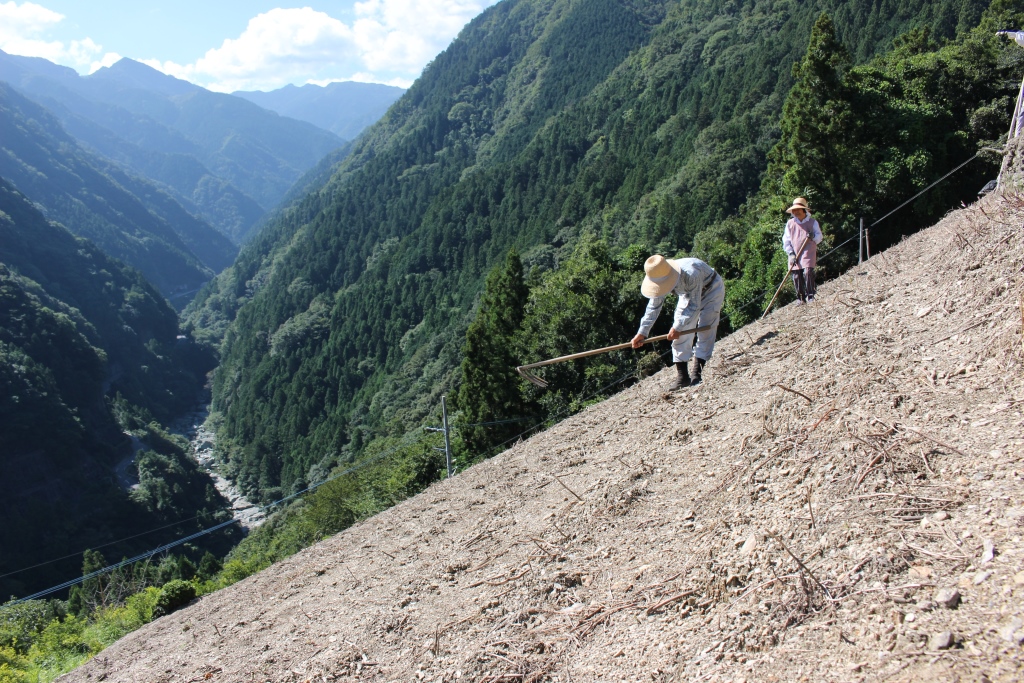
Osaki region in Miyagi Prefecture
The Osaki region in Miyagi Prefecture has traditionally been a rice-growing area. However, crops in the region are prone to being damaged by cold, damp seasonal winds and by floods and droughts resulting from the area’s topography. Unique ways of coping with these conditions have been passed down through the generations, such as raising water levels in the rice paddies to protect the rice ears from the cold, using heated water and building flood control basins.
Reference:Website
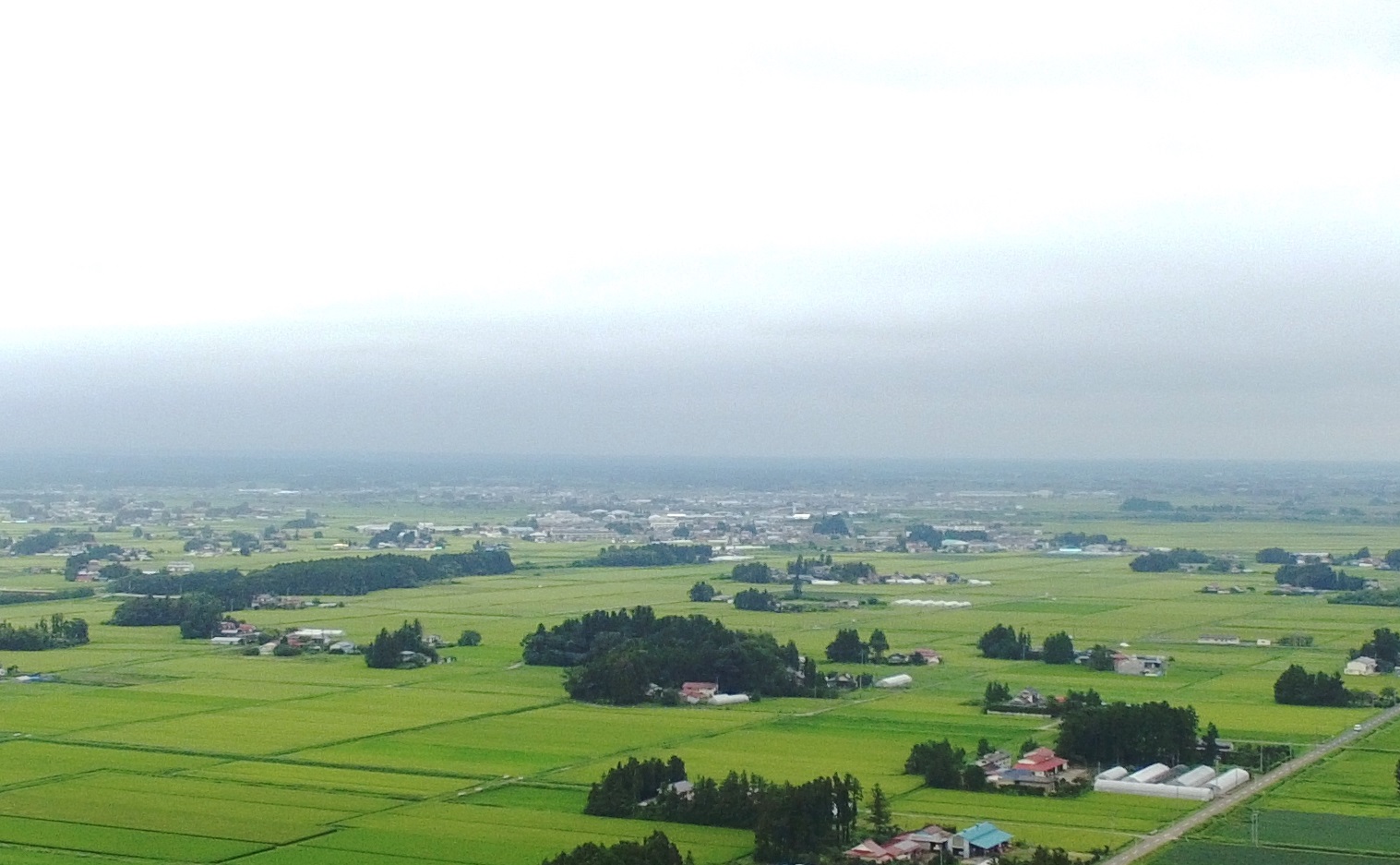
Takachihogo‐Shiibayama region in Miyazaki Prefecture
Under the environment which provides few flat lands enclosed by the peaks, people have been making a living through the establishment of a composite management system of agriculture and forestry which combines timber production in planted forests, shiitake mushroom cultivation utilizing broadleaved trees, high‐quality beef cattle raising, tea cultivation and terraced rice growing, etc.. Hillside irrigation which extend to 500km on the high altitude slopes have supplied water to ensure agricultural practices, and have protected villages from disaster by draining the rainwater flowing down the slopes of the mountains.
Reference:GIAHS Takachihogo-Shiibayama Site Revitalization Committee(English,Chinese,Korean),
Instagram
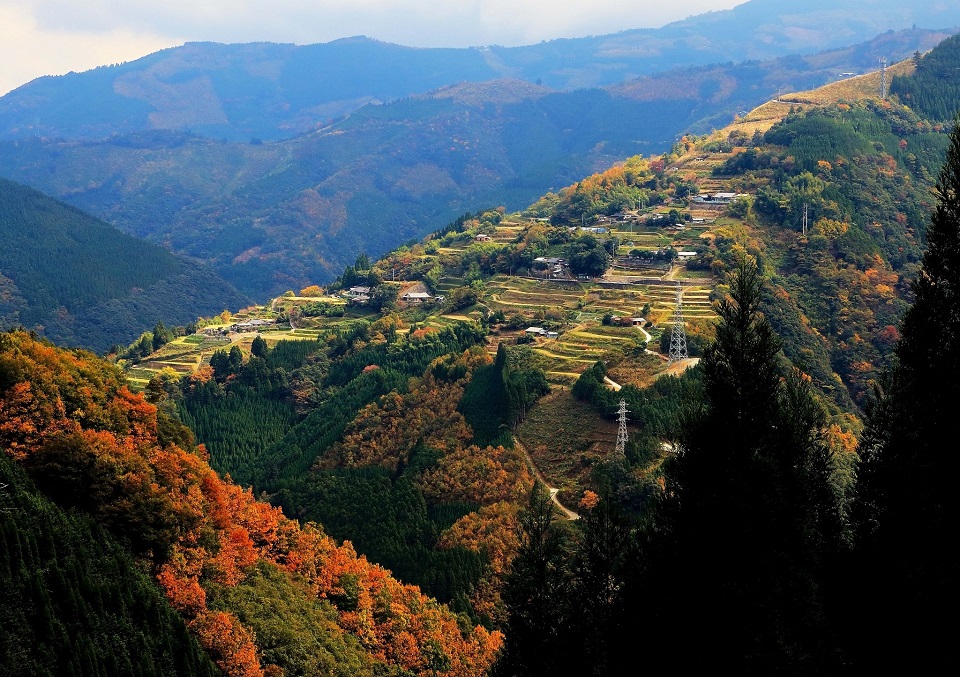
Minabe‐Tanabe region in Wakayama Prefecture
Most of the Minabe‐Tanabe region is occupied by steeply inclined mountains with rudaceous soils, which are poor in nutrients. Trees of Ume (Prunus mume) were planted while preserving the forests for fuel of Quercus phillyraeoideson, and high‐quality ume has been produced.
Reference:Minabe-Tanabe Regional Association (English,Chinese,Korean)
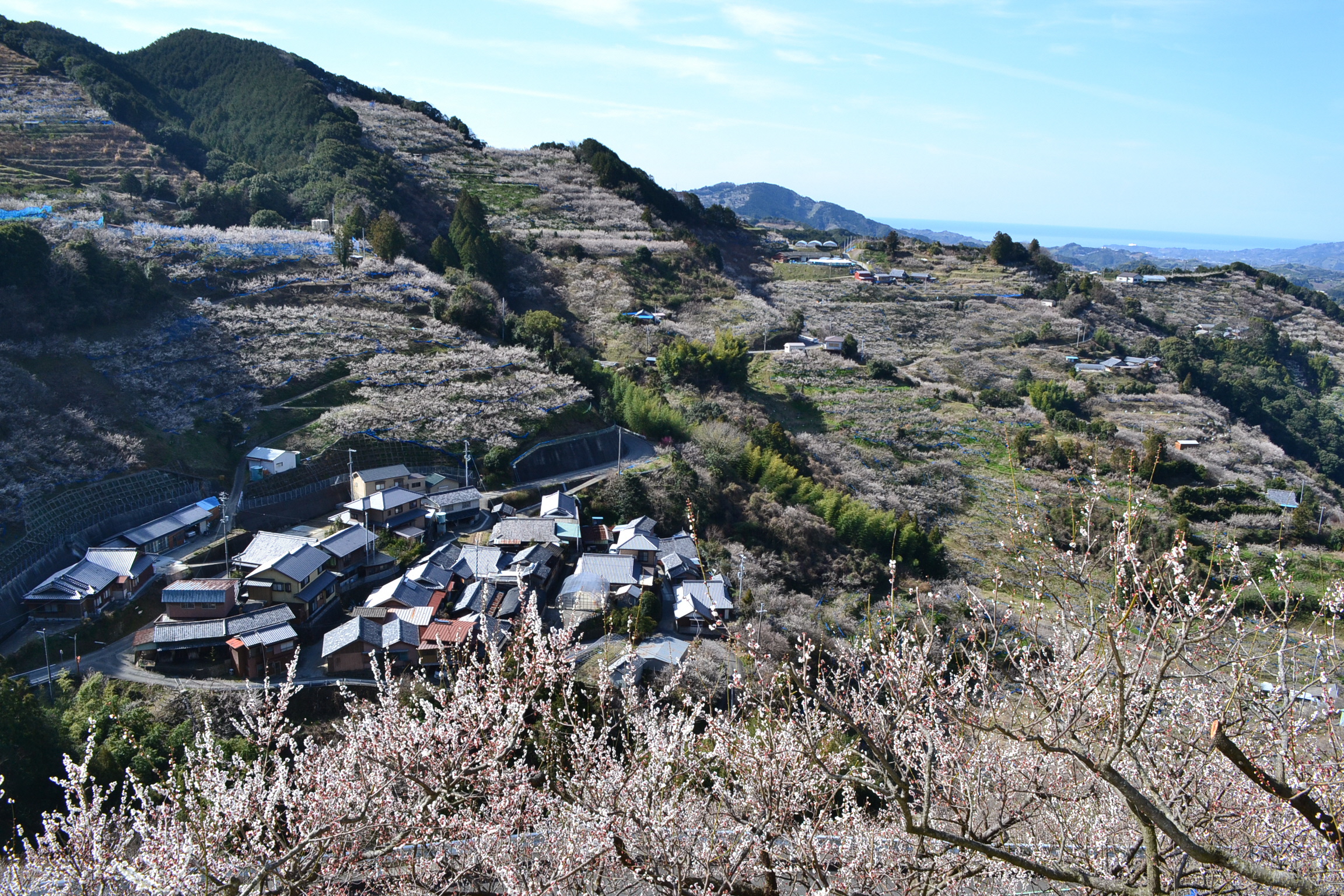
The upper and middle basin of the Nagara River in Gifu Prefecture
The Nagara River in Gifu Prefecture is one of Japan's clearest rivers, with active inland water fisheries, particularly the fishing of ayu (Japanese sweetfish). Many traditional ayu fishing techniques, including cormorant fishing, have been passed down for generations. Local dishes incorporating ayu are a well-established part of the area’s cuisine. In addition, traditional crafts that make use of the river’s abundance of clear water, such as "Mino washi" (Japanese paper) making and "Gujo honzome" (indigo dyeing) continue to be practiced. All of these factors form a sustainable system distinctive to the Nagara River.
Reference:Website
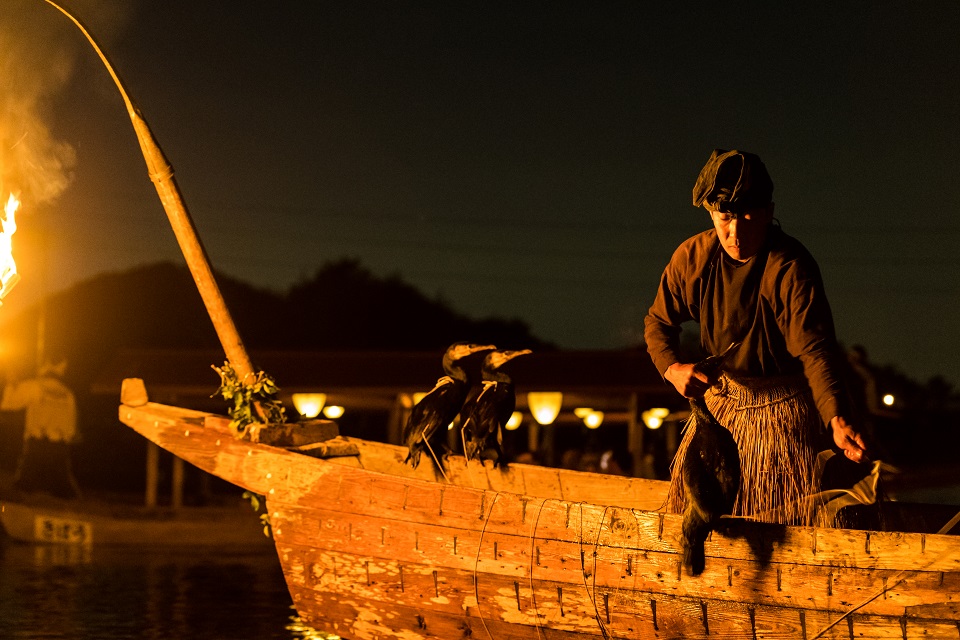
Kunisaki Peninsula Usa area in Oita Prefecture
The Kunisaki Peninsula Usa area in Oita Prefecture receives little rainfall. Due to the scarcity of water in the area, efforts have been made to use land and water efficiently by linking small irrigation ponds as a means of stabilizing the agricultural water supply. Sawtooth oak forests near the ponds conserve the ponds’ headwaters and create unique scenery. The water supplied by the ponds supports paddy field farming of rice and of a plant called “shichitoi” which is used locally to make tatami mats.
Reference:The Kunisaki Peninsula Usa GIAHS Promotion Association(English,Chinese,Korean,Taiwanese)
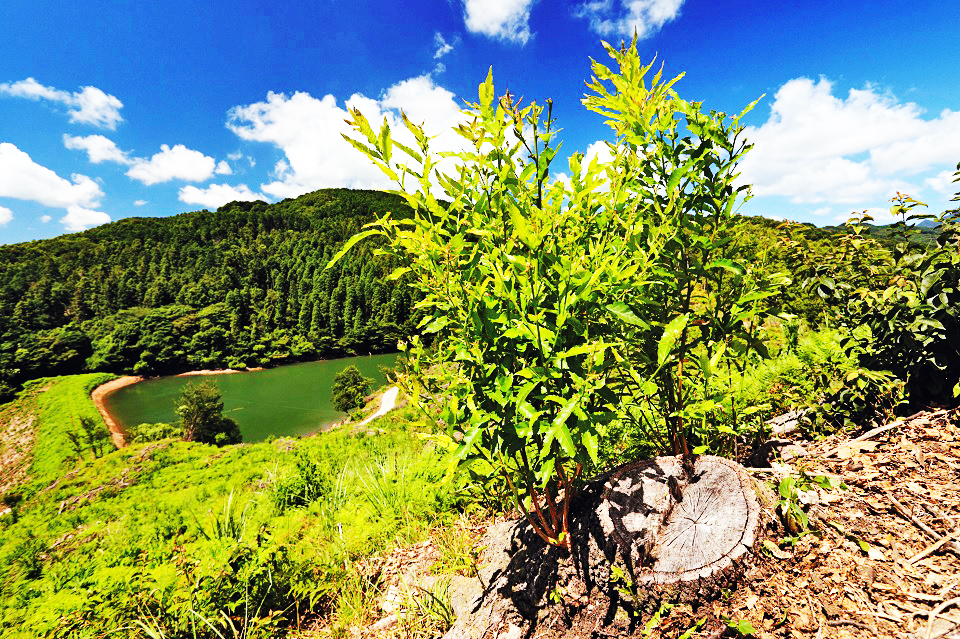
Aso region in Kumamoto Prefecture
One of Japan's largest grassland areas stretches across the Aso region in Kumamoto Prefecture. The grasslands have been used to raise cows and horses for more than 1,000 years. Even today, these vast grasslands are managed using traditional techniques, such as field burning, grazing, and mowing, to produce local specialties including "Akaushi" (Japanese brown cattle) and "Aso-takana" (a local leaf mustard which is often pickled).
Reference:Aso Regional GIAHS Executive Committee(English)
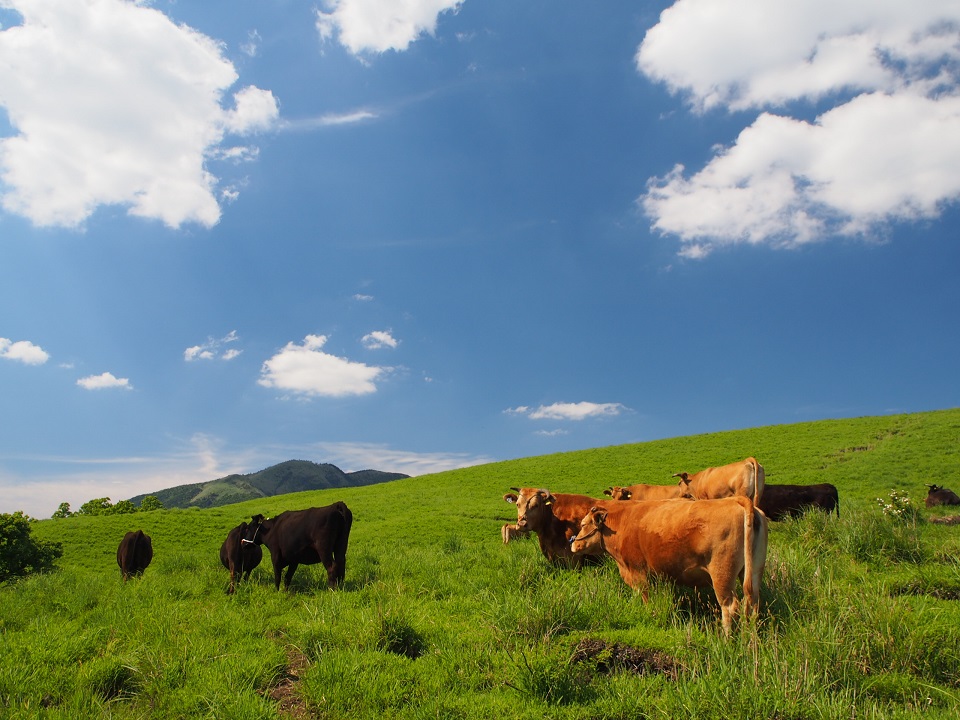
Kakegawa and surrounding region in Shizuoka Prefecture
Shizuoka Prefecture is one of Japan's largest tea production areas. Four cities and one town in the prefecture maintain the traditional agricultural method of taking pampas grass and bamboo grass―referred to as "chagusa" (tea-grass)―from grasslands dotting around the tea fields for use as organic fertilizer in the tea fields. This method contributes to the health of the tea trees and enhances the flavor of the teas produced. Chagusa is indispensable for tea cultivation in the region, not only by making the soil fertile, but also by providing various other benefits, such as preventing soil run-off. The condition of these grasslands―which are inhabited by a large number of rare species of organisms―has been maintained by the mowing of the chagusa. It is a rare example of codependence between farming and biodiversity.
Reference:Council for the Promotion of "Chagusaba in Shizuoka" as a GIAHS site (English)
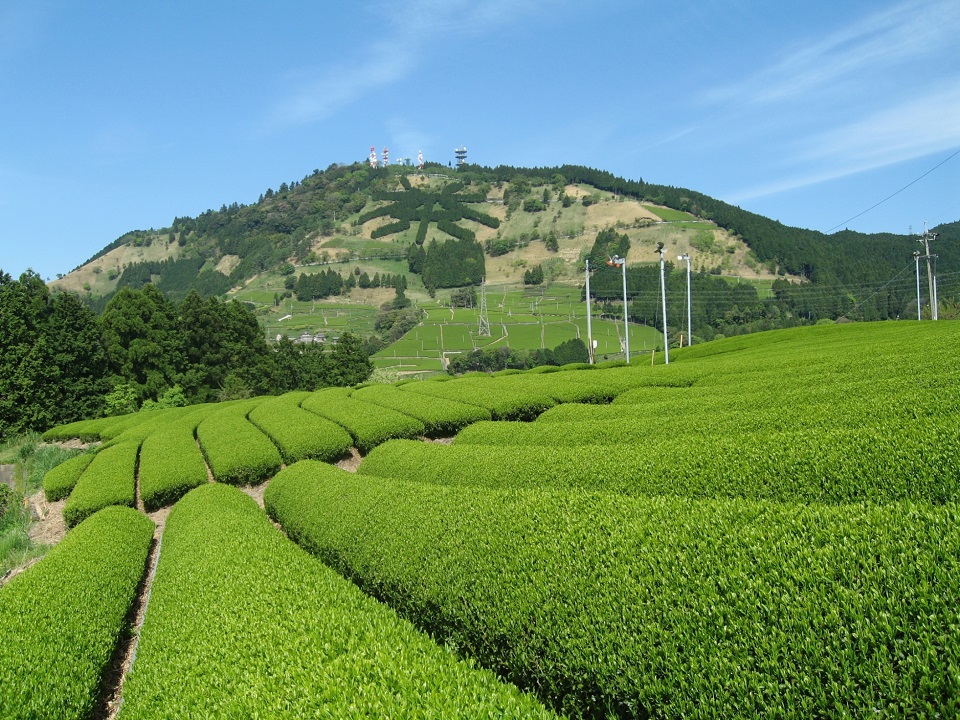
Noto Peninsula in Ishikawa Prefecture
Noto Peninsula is characterized by terraced rice‐fields including “Shiroyone Senmaida” in the steep slopes facing the Sea of Japan, and Magaki, fence made of bamboo, to protect houses against harsh salt wind. They represent the farming, fishing and mountain villages indigenous to Japan.
Reference:Noto Regional GIAHS Executive Committee(Chinese,Korean,Italian)
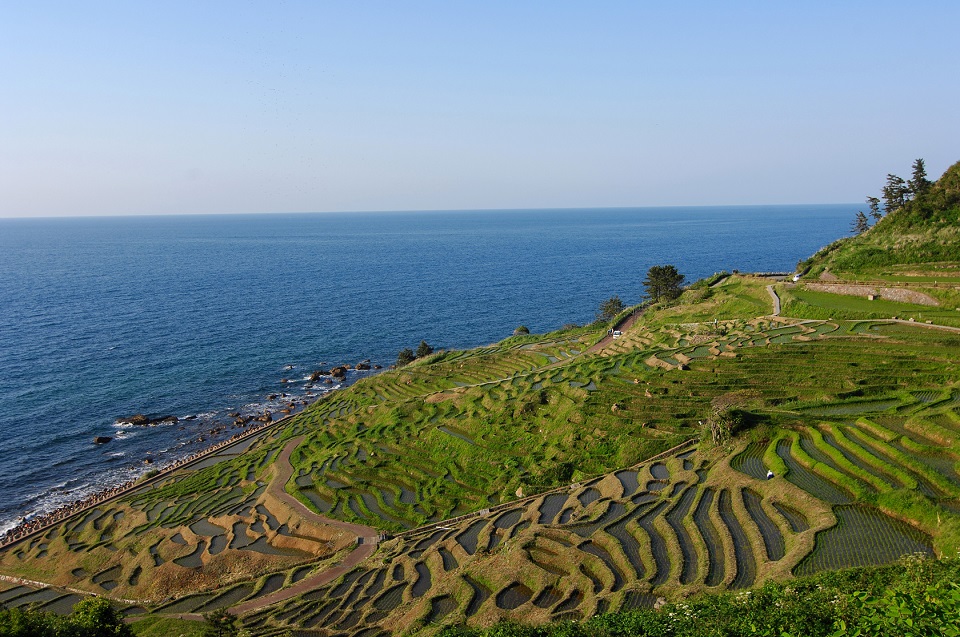
Sado City in Niigata Prefecture
Sado City, which covers the entirety of Sado Island in Niigata Prefecture, is one of the very few places in Japan inhabited by "toki" (Japanese crested ibis). As part of Sado Island’s wildlife diversity promotion efforts, it undertakes initiatives to maintain biodiversity in paddy fields throughout the island, which are the habitat of the loaches on which toki mainly feed. For example, when paddy fields are temporarily drained in midsummer, deep water areas called "e" are created to allow creatures to evacuate, helping to create an environment in which organisms can thrive year around.
Reference:FAO Website
